The Twelve Treasures Of Spain
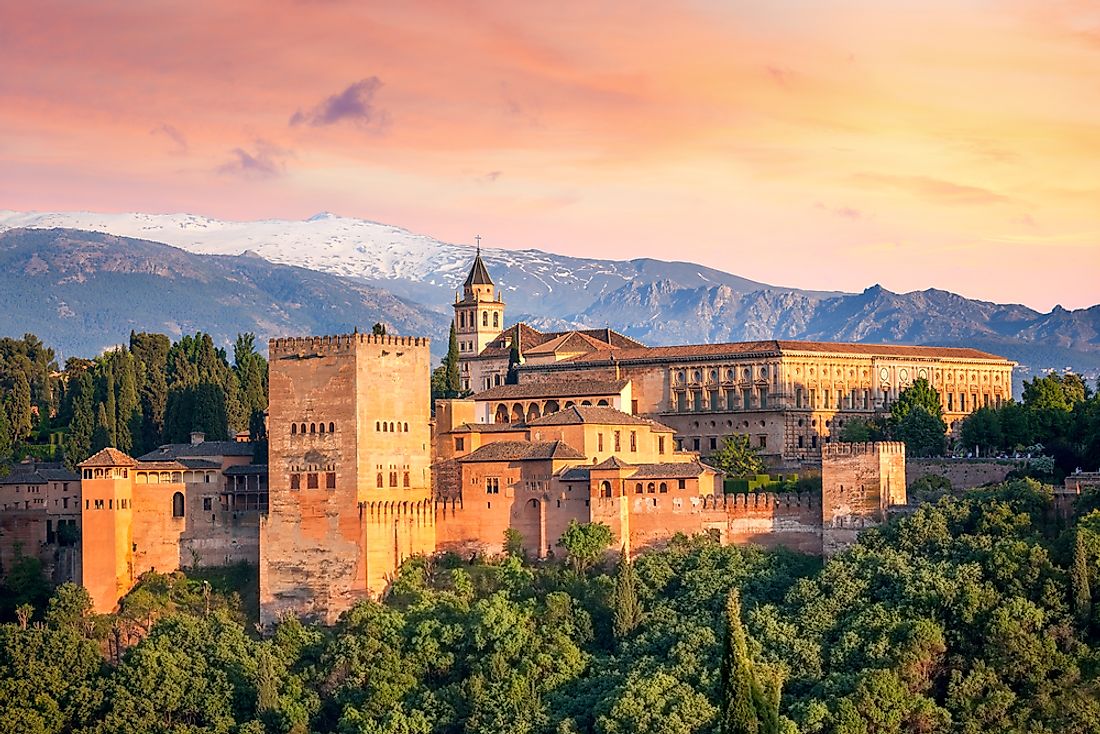
The Twelve Treasures of Spain is a list of twelve sites deemed to be of great historical and cultural value to the Kingdom of Spain. A poll was conducted via mobile phones and the internet to choose the sites which became the Twelve Treasures of Spain. The list includes architectural and natural monuments drawn from all corners of Spain.
12. Guggenheim Museum Bilbao
The Guggenheim Museum Bilbao is a contemporary and modern art museum located in Bilbao, Spain. The museum was opened on October 18, 1997 and its unique architectural design made it a popular example of contemporary architecture. The Guggenheim Museum Bilbao is one of the largest museums in the country and covers an area of 350,000 square feet.
11. Beach of La Concha
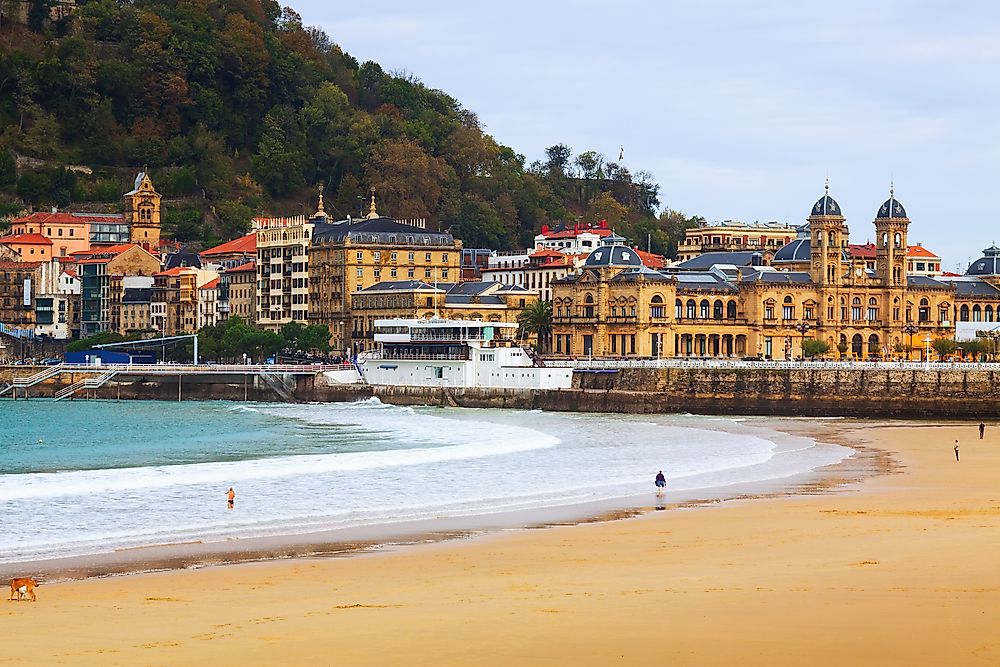
The only beach inducted into the 12 treasures of Spain is the Beach of La Concha. Located in the Bay of La Concha in San Sebastian, the Beach of La Concha is a popular tourist attraction drawing in many tourists annually. The beach is considered to be an example of a beautiful urban beach.
10. Sagrada Família
The Sagrada Familia is a Roman Catholic Church located in the city of Barcelona. Also known as the Basilica I Temple Expiatori de la Sagrada Familia, the Sagrada Familia is still technically under construction and is expected to be completed between 2026 and 2028. Once completed, the Sagrada Familia will become one of the largest churches in the country with an estimated capacity of 9,000 people. The church was chosen as a UNESCO World Heritage Site in 1984 and as a Spanish Property of Cultural Interest in 1969 while still under construction.
9. Ciudad de las Artes y las Ciencias
The Ciudad de las Artes y las Ciencias (Spanish for City of Arts and Sciences) is a cultural and architectural complex located in Valencia, Spain. The center was constructed in the late 20th century and opened on April 16th, 1998. The Ciudad de las Artes y las Ciencias is comprised of several buildings, each with a specific purpose. The picturesque center is the most important tourist attraction of the city of Valencia. The City of Arts and Sciences was constructed near a former riverbed at the cost of about $ 1 billion.
8. Cathedral of Santiago de Compostela
The Cathedral of Santiago de Compostela (also known as the Santiago de Compostela Cathedral) is an ancient Roman Catholic cathedral located in the Spanish town of Galicia. The 806-year-old cathedral is an important historical site in the town and was listed by UNESCO as a World Heritage Site in 1985 and as a Spanish Property of Cultural Interest in 1986. The Cathedral of Santiago de Compostela is believed to be built on the burial site of Saint James.
7. Roman Theatre
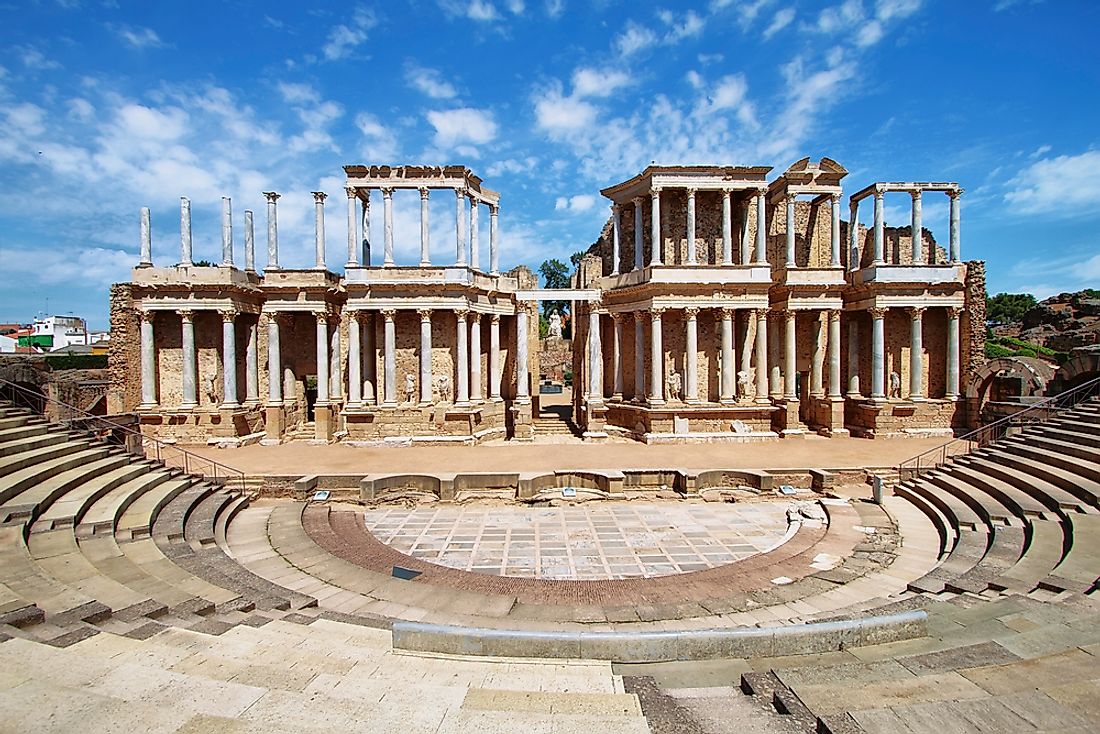
The Roman Theatre of Merida is an ancient Roman construction dating back to the 1st Century BCE. The theater is located at an archeological region known as Merida. The theater was constructed during the reign of Vipsanius Agrippa. The Roman Theatre was listed by UNESCO as a World Heritage Site and has undergone extensive restoration works.
6. Teide National Park
Teide National Park is in the Canary Islands, Spain. The national park is named after Mount Teide which is located within the national park and is the highest mountain in Spain. Teide National Park covers an area of 73.32 square miles. The national park is a popular tourist attraction with annual tourist numbers reaching about 3 million making it the most popular national park in Europe. Established on January 22nd, 1954, Teide National Park is one of the oldest national parks in Spain.
5. Basilica of Our Lady of the Pillar
The Basilica of Our Lady of the Pillar is an ancient Catholic church located in the Spanish city of Zaragoza, Aragon. The church is dedicated to the Mother of Jesus, Blessed Virgin Mary and is among the earliest churches dedicated to Blessed Virgin Mary in history. The Basilica of Our Lady of the Pillar was constructed in 1754 on the site of an older church believed to have been constructed by Saint James in the 1st Century AD. In 1904, the church was chosen as a “Bien de Interes Cultural” by Spain under the heritage register due to its historical significance.
4. Alhambra
The Alhambra is a fortress and palace complex located in Andalusia, Spain. The fortress was constructed by the Moorish leader Mohammed ben Al-Ahmar in the mid-13th century. Alhambra is an Arabic word which translates to “The Red One” attributed to the red clay used in its construction. The Sultan of Granada, Yusuf I in 1333 converted the fortress into a palace. The Alhambra later fell under Christian control in the 15th century and was used by King Ferdinand as his royal court. The ancient fortress was chosen as a UNESCO World Heritage Site in 1984 due to its historical significance.
3. Seville Cathedral
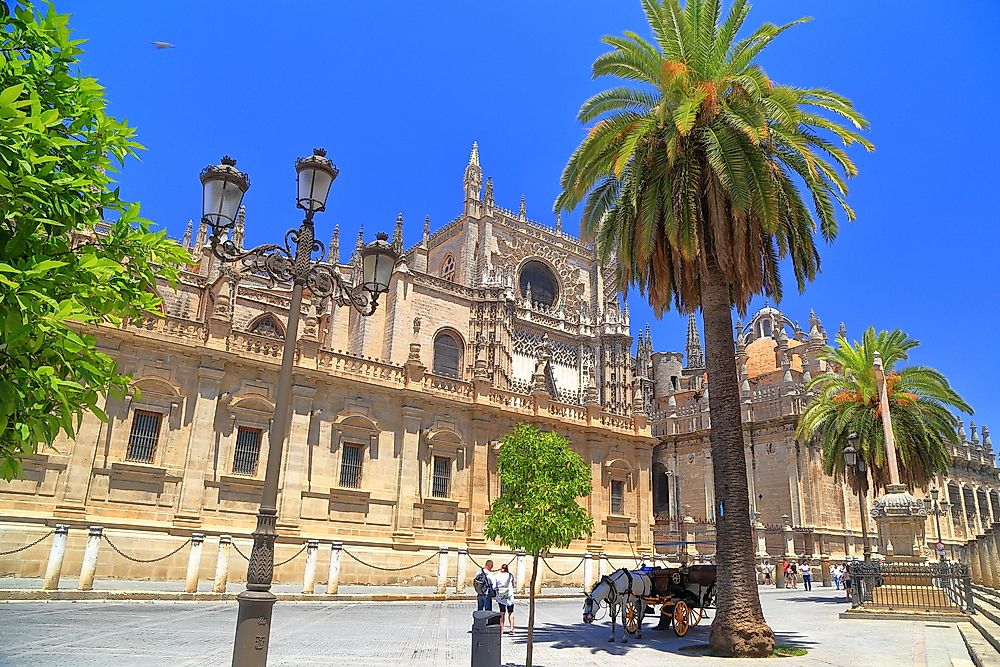
The Seville Cathedral is a church located in the city of Seville, Spain. Also known as the Cathedral of Saint Mary of the See, the Seville Cathedral is the largest cathedral in the world and the third-largest church in the world. The Seville Cathedral was opened in 1528 after 127 years of construction and was consecrated on 1507. The cathedral is an important cultural and historic site and was chosen as a World Heritage Site by UNESCO in 1987.
2. Cave of Altamira
The Cave of Altamira is located in Cantabria, Spain. The cave is famed for its prehistoric paintings on its walls which are dated to go back to over 14,000 years to the Upper Paleolithic era of history. Archeologists also discovered a rich array of prehistoric artifacts on the Cave of Altamira which were perfectly preserved after the entrance of the cave was sealed shut by a rock-fall estimated to have occurred 13,000 years ago. The wall paintings on the Cave of Altamira are popular in Spanish culture with some brands deriving their logos from the paintings. The Cave of Altamira was closed to the public after it was discovered that the breathing from visitors was damaging the paintings.
1. Mosque-Cathedral of Córdoba
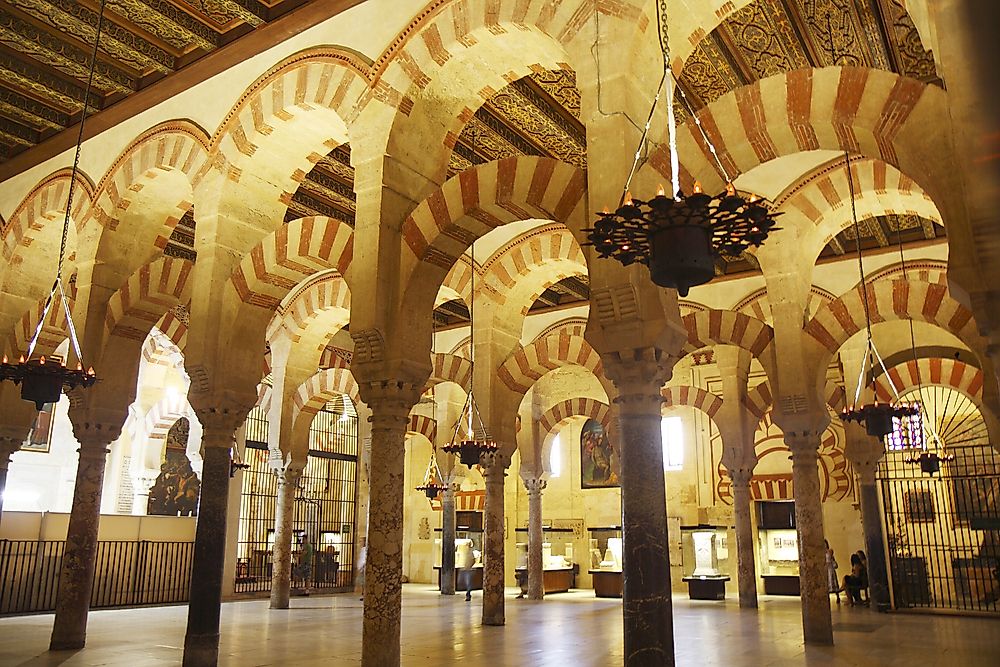
The Mosque-Cathedral of Cordoba is a 1,030-year-old building located in Andalusia, Spain. The ancient building is a UNESCO World Heritage Site and has been used over the centuries for religious purposes serving as a cathedral and also as a mosque. The Mosque-Cathedral of Cordoba was constructed and opened in 987 AD by the Islamic leader Abd al-Rahman as a mosque, with his descendants conducting intensive expansion works on the mosque. However, in 1236 the building was turned into a Catholic church after King Ferdinand III of Castile conquered Cordoba. It has been used as a cathedral ever since.











